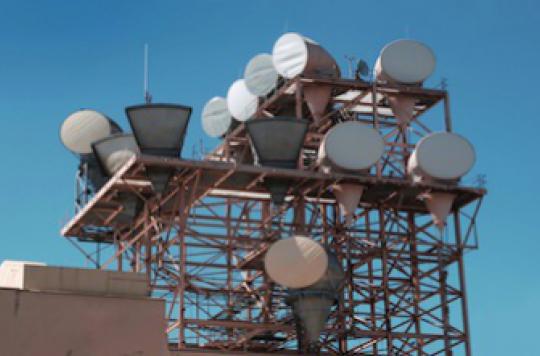For the first time, financial assistance has just been granted to a man whose electrosensitivity has been recognized as a handicap. He was able to buy equipment to protect himself.

The 32-year-old was a technician in a chemical research laboratory. He was in daily contact with a device, which he said caused his electrosensitivity. In 2011, he must stop his professional activity. The status of occupational disease is refused to him, on the other hand, the Departmental House of Disabled Persons (MDPH) of Essonne grants him the status of disabled worker. And for the 1time once in France, she grants him financial assistance. According to the MDPH, this decision was taken because the case was supported by very credible testimonies from the medical profession, leaving no doubt about the reality of the disease, equivalent to a disability rate of 80%. Recently, a woman from Indre et Loire was also recognized as a disabled worker by the MDPH.
Assistance over three years
This financial assistance should allow the young man to arrange his home and protect himself personally. In an interview with the Journal de l’Environnement, he stated that he had purchased grounding equipment to discharge the electrical charge in the surrounding environment to the earth. He also bought a voice recognition system that allowed him to stay away from his computer, as well as an anti-radiation canopy for his bed. He has also invested in anti-radiation fabric to cover himself when he leaves his house. If he did not wish to reveal the amount of this aid, the man indicated that it allowed him to cover about 75% of his material needs. In addition to one-off assistance, it receives monthly assistance for the equipment to be renewed, and this over a period of three years. The young man now lives like a hermit and wishes to find a job that he could do from home.
France leads the survey on the airwaves
At the moment, the medical community is divided on electrosensitivity. If Sweden recognizes this pathology and considers it a handicap, in France, this is not the case, despite these two recent cases. However, a clinical study was launched in 2012 following the Grenelle des waves. And about twenty centers taking care of electrosensitive are participating in this study. ANSES has also launched a study on the subject, the results of which are expected by the end of the year. According to the latest ANSES report published last October, the radio frequencies emitted by mobile phones and wifi boxes have no proven health effect, but the risk of long-term brain tumor could be increased in intensive users. of mobile.
.

















